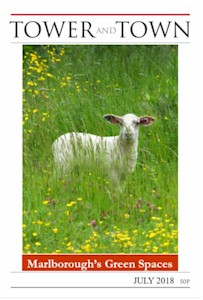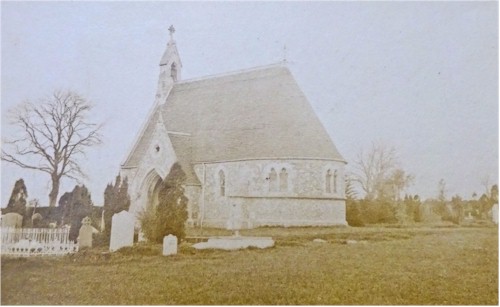

Tower and Town, July 2018 (view the full edition) (view the full edition)The Old GraveyardThe 1853 Burial Act required the closure of the overcrowded church graveyards and to establish and maintain a new cemetery, away from water courses and where people were living in an attempt to control the spread of infectious diseases such as cholera and typhoid. Known locally as the Old Graveyard, The Municipal Borough Cemetery was established in 1854 on former farm land donated by the Marquess of Ailesbury and located in the parish of Preshute. The Old Graveyard was opened against a backdrop of social change towards bereavement and commemoration alongside increasing awareness of sanitation and disease. To plan and establish the cemetery, a Burial Board was established (consisting of members of the borough, the Town Council and the board of Guardians (The Church). It is likely that a significant influence on the design was JC Louden who wrote a pamphlet titled 'On the Laying Out, Planting, and Managing of Cemeteries (1843)', as the layout and planting within the Old Graveyard reflects Louden's view that a graveyard should be a place of reflection and tranquility. The layout of the Old Graveyard was carefully planned. Let's look around. If you approach the Old Graveyard from the common, you are using the St. Mary's entrance. If you approach it from Leaze Road, you are using the St. Peter's and St. Paul's entrance. Inside, it is divided into four areas. Stand at the grass 'T' junction, between the two entrances, look up the graveyard, the New Graveyard should be directly in front of you. There used to be a large lych gate here. Beyond where the gate was, the area of gravestones to the right (east) commemorate people who lived in St. Mary's parish, whilst those on the left (west) commemorate those who lived and died in St Peter's and St Paul's parish. In the large green area in the centre there used to be a small mortuary chapel, which was demolished in 1950s. 
Now turn around. On your left (east), there is a large area without gravestones. This is the final resting place for people who died whilst in the Workhouse (located next to the Old Graveyard), or who did not have the financial means for a burial. On your right (west), the rather overcrowded area of gravestones is the non-conformist section. The Old Graveyard closed in 1924, but it provides a wealth of information about the inhabitants of Marlborough including their trades, religion, beliefs and social standing. Many of the original features can still be seen including the ornate iron railings around many of the graves and the perimeter sarsen wall built by Frees. Please visit and enjoy the Old Graveyard, it was designed to be a place of peace and tranquility, but do watch out for the uneven surfaces and take care as many of the gravestones and memorials are becoming rather fragile. Kim Wakeham |